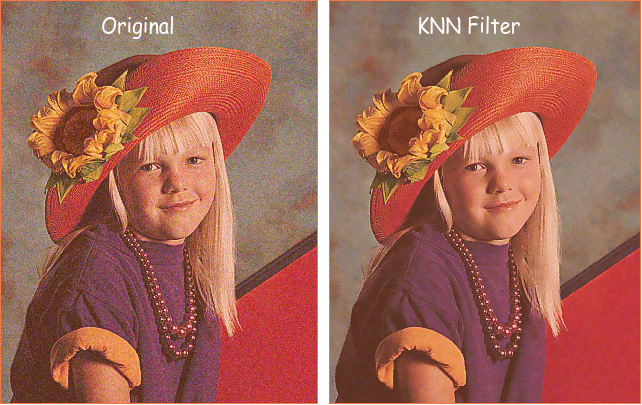
Monday, November 12, 2018
Working with CUDA on the Jetson Xavier

Thursday, November 8, 2018
Tuning Jetson Xavier's Performance

The JetPack also provides with a command line tool called nvpmodel which can modify the performance for a given power budget. It provides power budgets for 10W, 15W, 30W and a no-budget mode for max performance. This will modify number of CPUs online, maximum frequency for CPU, GPU, DLA, PVA and number of online PVA cores. Values set by nvpmodel will persist across power cycles.
Finally the jetson_clocks.sh script provides the best performance for the current nvpmodel by setting the clock frequencies to the max frequency and disabling dynamic frequency scaling.
For examples on how to use this utilities please visit performance tuning wiki page.
If you are new to the Xavier or are planning on getting one please visit Jetson Xavier wiki page.
Tuesday, November 6, 2018
RidgeRun - GStreamer Deep Learning inference plugin: GstInference
Check out the presentation from RidgeRun Engineering team about our latest development on GstInference at Edinburg GStreamer Conference 2018.
GstInference: A GStreamer Deep Learning Framework : https://gstconf.ubicast.tv/videos/gstinference-a-gstreamer-deep-learning-framework/
For more information please contact us at support@ridgerun.com
Deploying Deep Learning on the Jetson Xavier using the Deep Learning Accelerator
jetson-inference is a training guide for inference and deep learning on Jetson platforms. It uses NVIDIA TensorRT for efficiently deploying neural networks.The "dev" branch on the repository is specifically oriented for Jetson Xavier since it uses the Deep Learning Accelerator (DLA) integration with TensorRT 5.
With jetson-inference you can deploy deep learning examples on the Xavier in a matter of minutes. Some of the example applications are showed below.
ImageNet is a classification network trained with a database of 1000 objects. The input is an image and it outputs the most likely class and the probability that the image belongs to that class.

Image recognition networks output a class probabilities corresponding to the entire input image. Detection networks, on the other hand, find where in the image those objects are located. DetectNet accepts an input image, and outputs the class and coordinates of the detected bounding boxes.

For more examples and a tutorial on how to get jetson-inference running in your Xavier please visit our jetson-inference wiki page.
If you are new to the Xavier or are planning on getting one please visit our Jetson Xavier wiki page.
Thursday, September 6, 2018
RidgeRun support for The 2019 FIRST® Robotics Competition
Thursday, April 12, 2018
Object tracking in Jetson TX1/TX2 using GStPTZR
These features, paired with information obtained from a jetson-inference pre-built model, can be used to provide a video stream focused on the detected object.
 |
| Captured video (left) is provided to a jetson-inferencce model. The model detects a person and provides the location. GstPTZR is used to crop the area of interest as a separate stream. |
 |
| Captured video (left) and the cropped version obtained with GStPTZR (right) that allow for detection of an object on a specific area of the video. |
Tuesday, October 24, 2017
GStreamer Conference Presentations
Building a media Server in under 30 minutes:
https://gstconf.ubicast.tv/videos/gstreamer-daemon-building-a-media-server-in-under-30-minutes/
GstShark profiling:
https://gstconf.ubicast.tv/videos/gstshark-profiling-a-real-life-example/